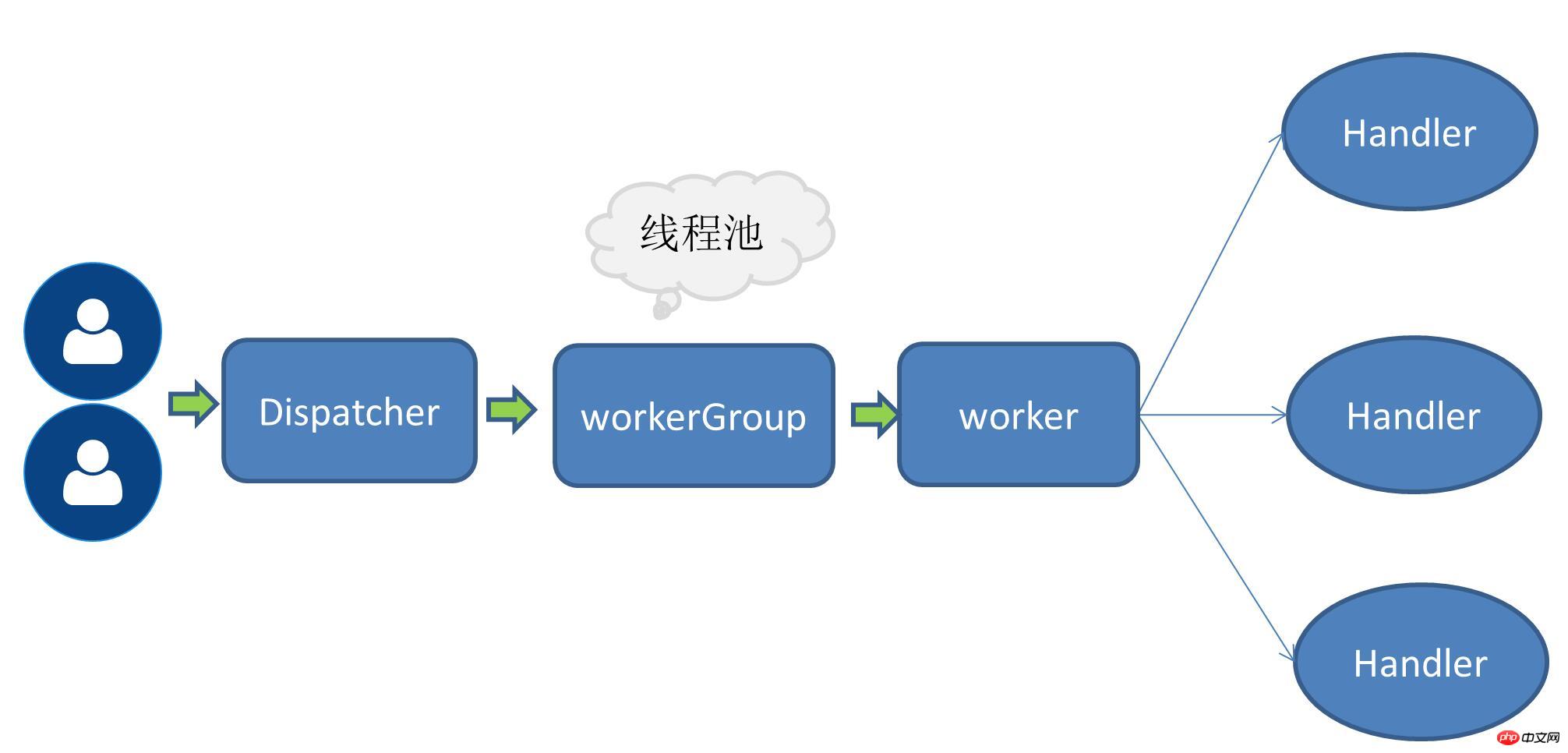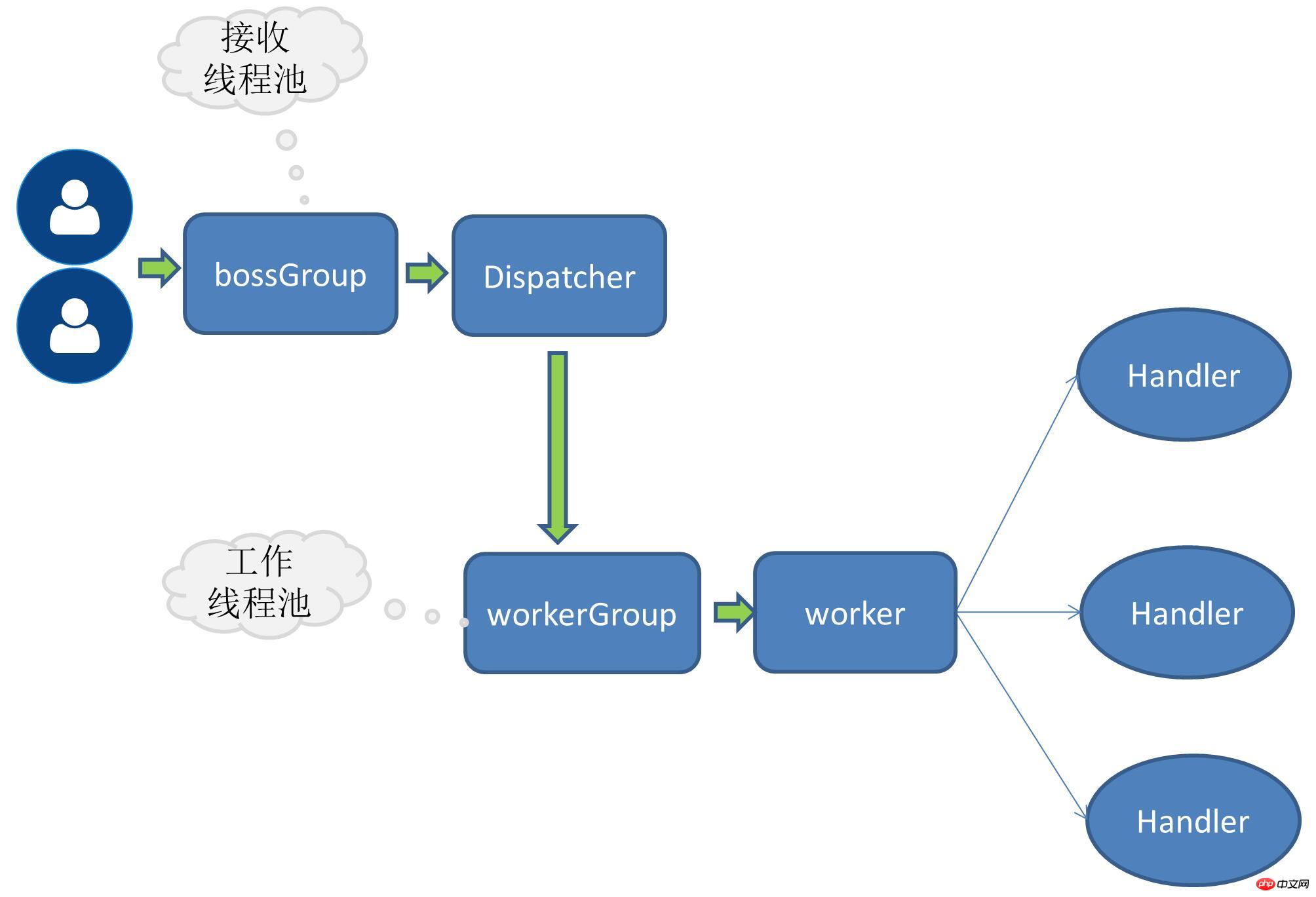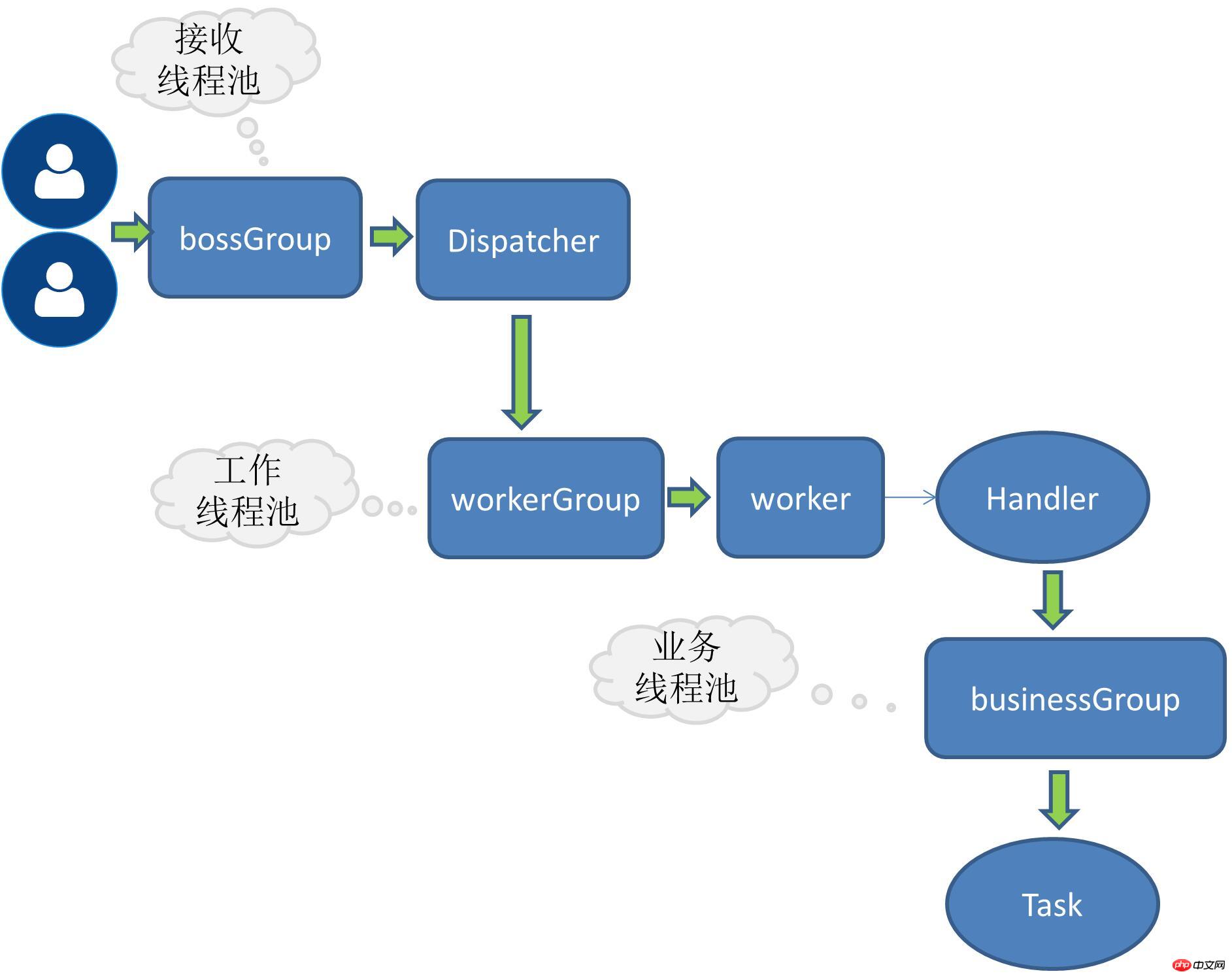
1, Background
With the development of the Internet, the scale of website applications continues to expand, and the conventional vertical application architecture can no longer cope with the distribution It is imperative to adopt a centralized service architecture and mobile computing architecture, and a governance system is urgently needed to ensure the orderly evolution of the architecture
Single application architecture
When the website traffic is very small, only one application is needed to deploy all functions together to reduce deployment nodes and costs
At this time, data access is used to simplify the workload of adding, deleting, modifying, and checking Framework (ORM) is the key
Vertical application architecture
When the number of visits gradually increases, the acceleration caused by adding machines to a single application becomes more and more The smaller it is, split the application into several unrelated applications to improve efficiency
At this time, the Web framework (MVC) used to accelerate front-end page development is the key
Distributed service architecture
Split by business line
Stop RPC abuse, give priority to vertical businesses Through local jar calls, RPC calls are used across businesses
Correctly identify the ownership of business logic, maximize the cohesion of each module, and reduce coupling in terms of performance, availability and maintainability
Only deploy some servers for each release
Each node can be scaled and expanded according to different needs
Updating, deploying, and running between each application will not affect
Deployment separation
Team separation
Data separation
When there are more and more vertical applications, interactions between applications are inevitable, and the core business must be extracted as an independent services, gradually forming a stable service center, allowing front-end applications to respond more quickly to changing market demands
At this time, a distributed service framework is used to improve business reuse and integration (RPC) is the key
Distributed Service RPC Framework
##Flow Computing Architecture
When there are more and more services, problems such as capacity evaluation and waste of small service resources gradually emerge. At this time, it is necessary to add a dispatch center to manage real-time management based on access pressure. Cluster capacity, improve cluster utilization
At this time, the resource scheduling and governance center (SOA) used to improve machine utilization is the key
Netty thread ModelNetty’s threading model is mainly based on React, and has evolved into multiple versions due to different application scenarios. Single-threaded modeThat is, receiving service requests and performing IO operations are all completed by one thread. Since non-blocking IO operations such as IO multiplexing are used, the amount of requests increases. In small cases, single-threaded mode can also solve some scene problems.



Division of work between the request thread and the worker thread
The request thread is mainly responsible for creating the link and then delegating the request to the worker thread
The working thread is responsible for encoding, decoding, reading IO and other operations
The RPC I currently implement uses the multi-receiver multi-worker thread mode. The port is bound like this on the server side:
1 2 3 4 5 6 7 8 9 10 11 12 13 14 15 |
|
boosGroup is a group used to receive service requests
workerGroup is a group specifically responsible for IO operations
To add business threads, you only need to further delegate the handle operation to the thread pool. For expansion, you need to define an interface here:
1 2 |
|
Referenced the dubbo thread pool
1 2 3 4 5 6 7 8 9 |
|
Interlude:
Note One time, a friend suddenly asked what the coreSize in the Java thread pool meant? I was suddenly short-circuited, because I don't usually write multi-threading. When I think of the database thread pool that I usually use a lot, I am quite impressed by the parameters in it, but I just can't remember coreSize. Later, I took a closer look at some parameters of the thread pool. Now I can take this opportunity to take a closer look to avoid short-circuiting again.
When there are multiple thread pool implementations, the thread pool is dynamically selected through the thread pool name.
1 2 3 |
|
Wrap the method body into a Task and hand it over to the thread pool for execution.
1 2 3 4 5 6 |
|
Currently there is a lack of stress testing, so there is no clear data comparison for the time being.
The above is the detailed content of Detailed examples of RPC framework. For more information, please follow other related articles on the PHP Chinese website!
 The difference between threads and processes
The difference between threads and processes
 Introduction to the framework used by vscode
Introduction to the framework used by vscode
 Full-width symbol input tutorial
Full-width symbol input tutorial
 How to import easygui in vscode
How to import easygui in vscode
 What are the four big data analysis tools?
What are the four big data analysis tools?
 matlab colormap function usage
matlab colormap function usage
 Why does win10 activation fail?
Why does win10 activation fail?
 What are the website building functions?
What are the website building functions?
 oracle nvl
oracle nvl




